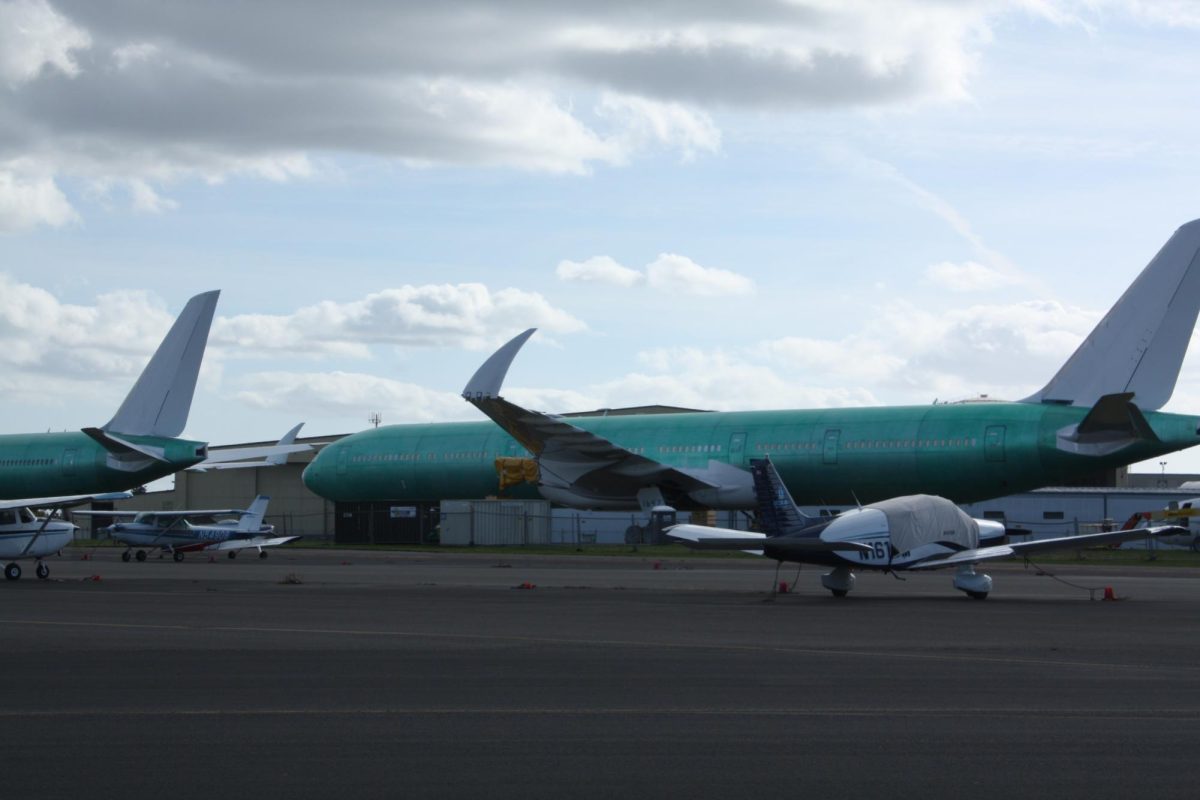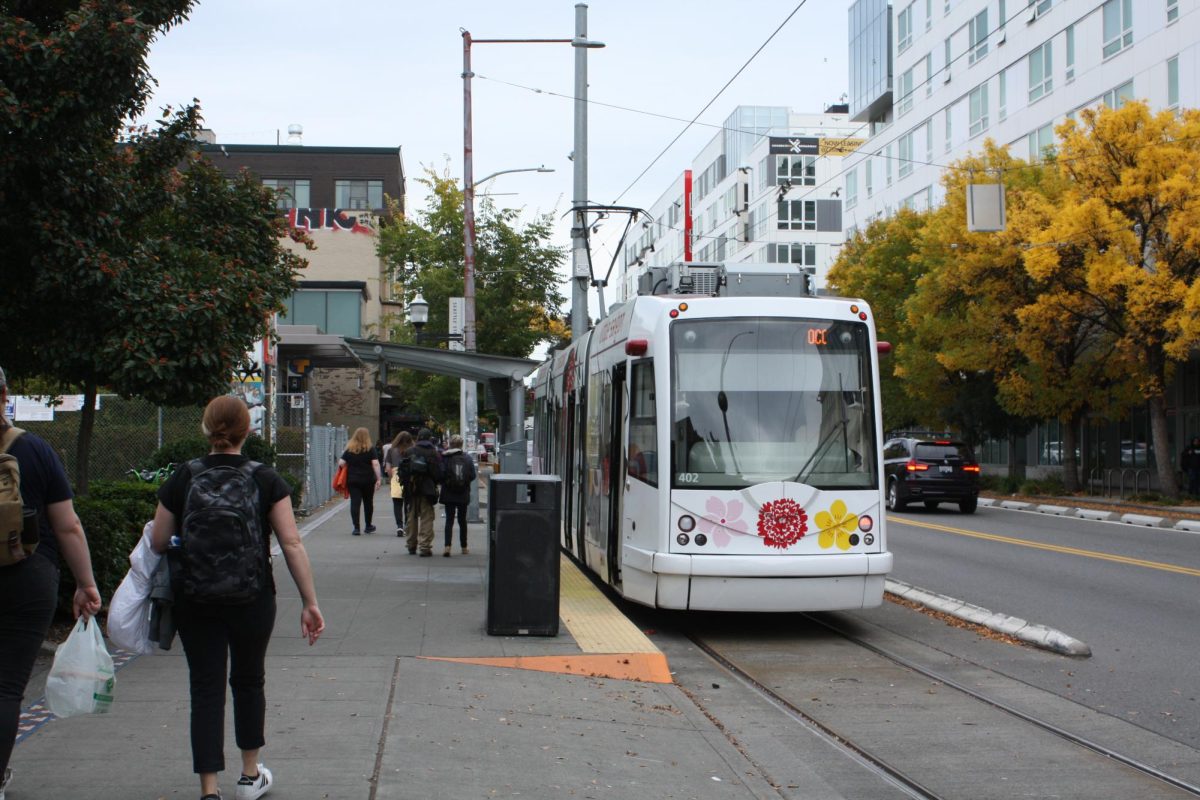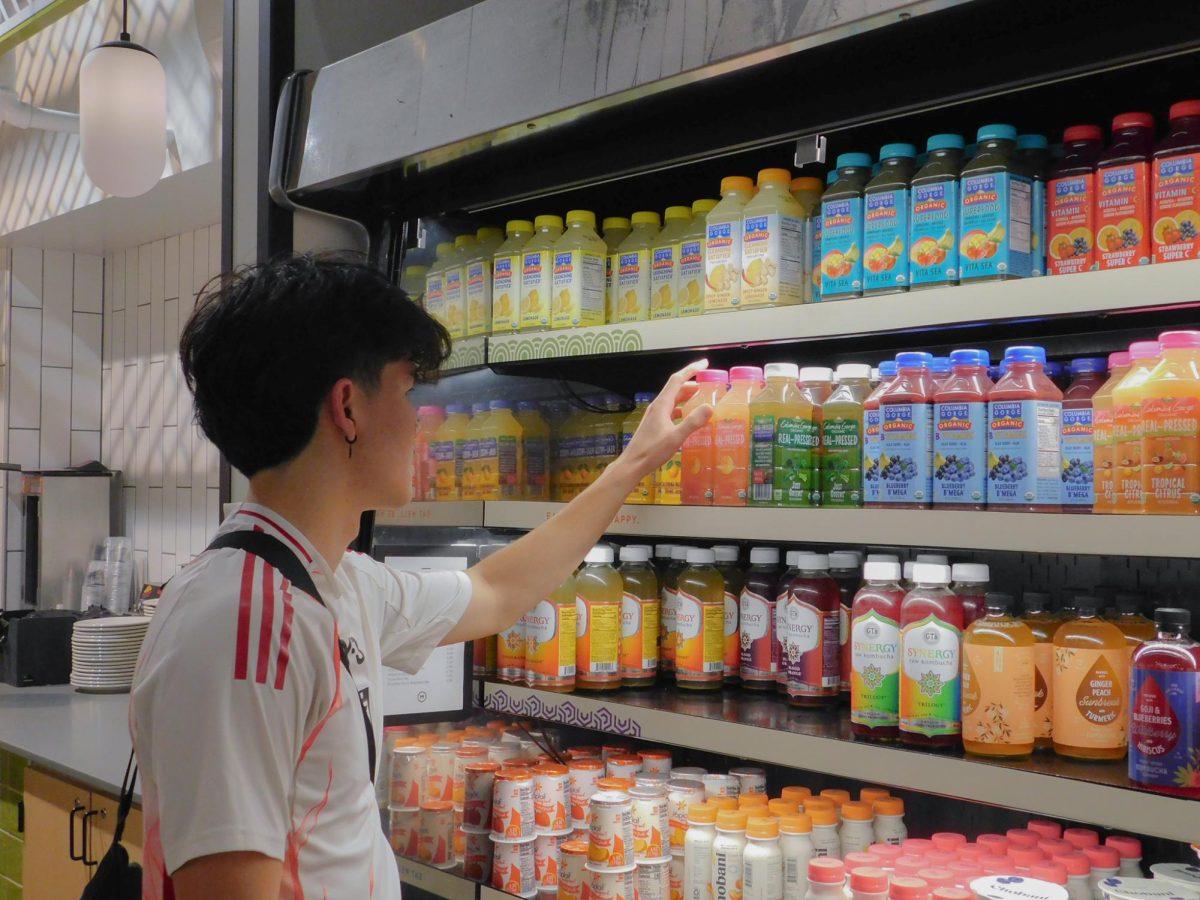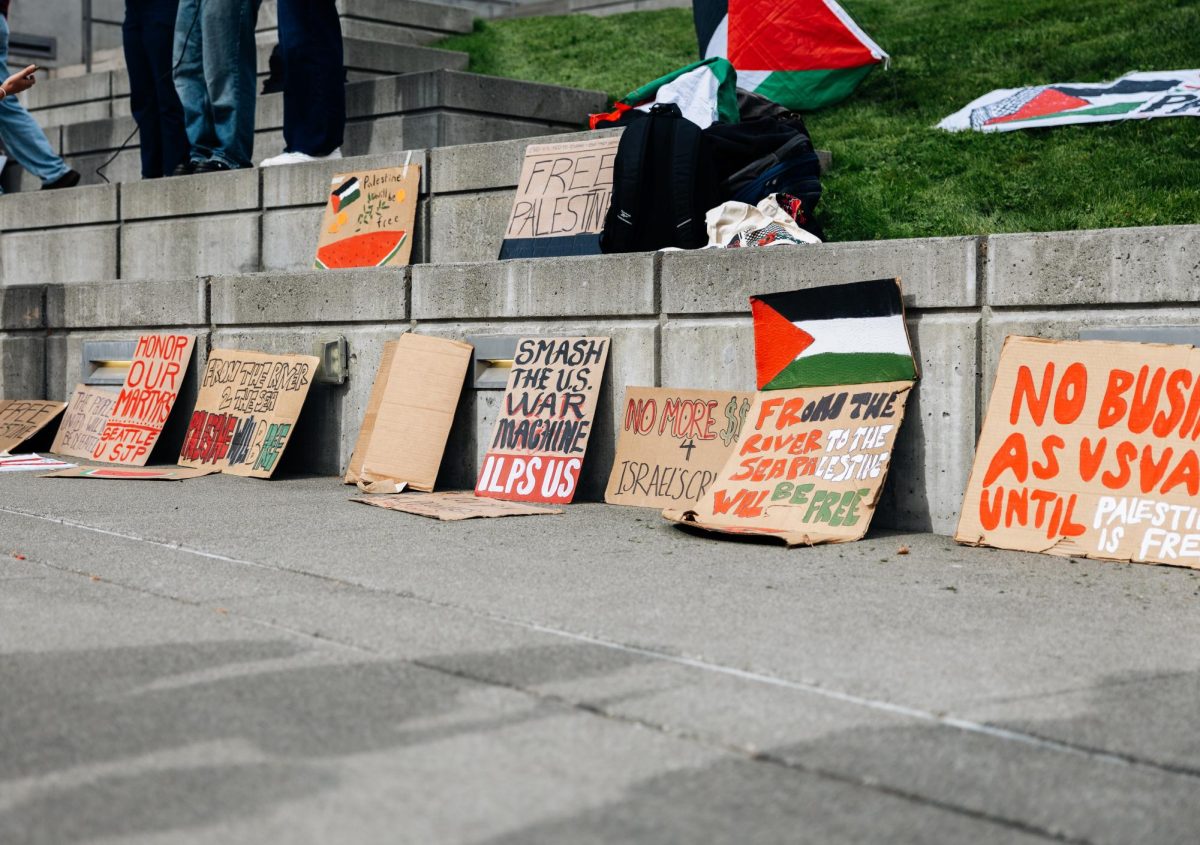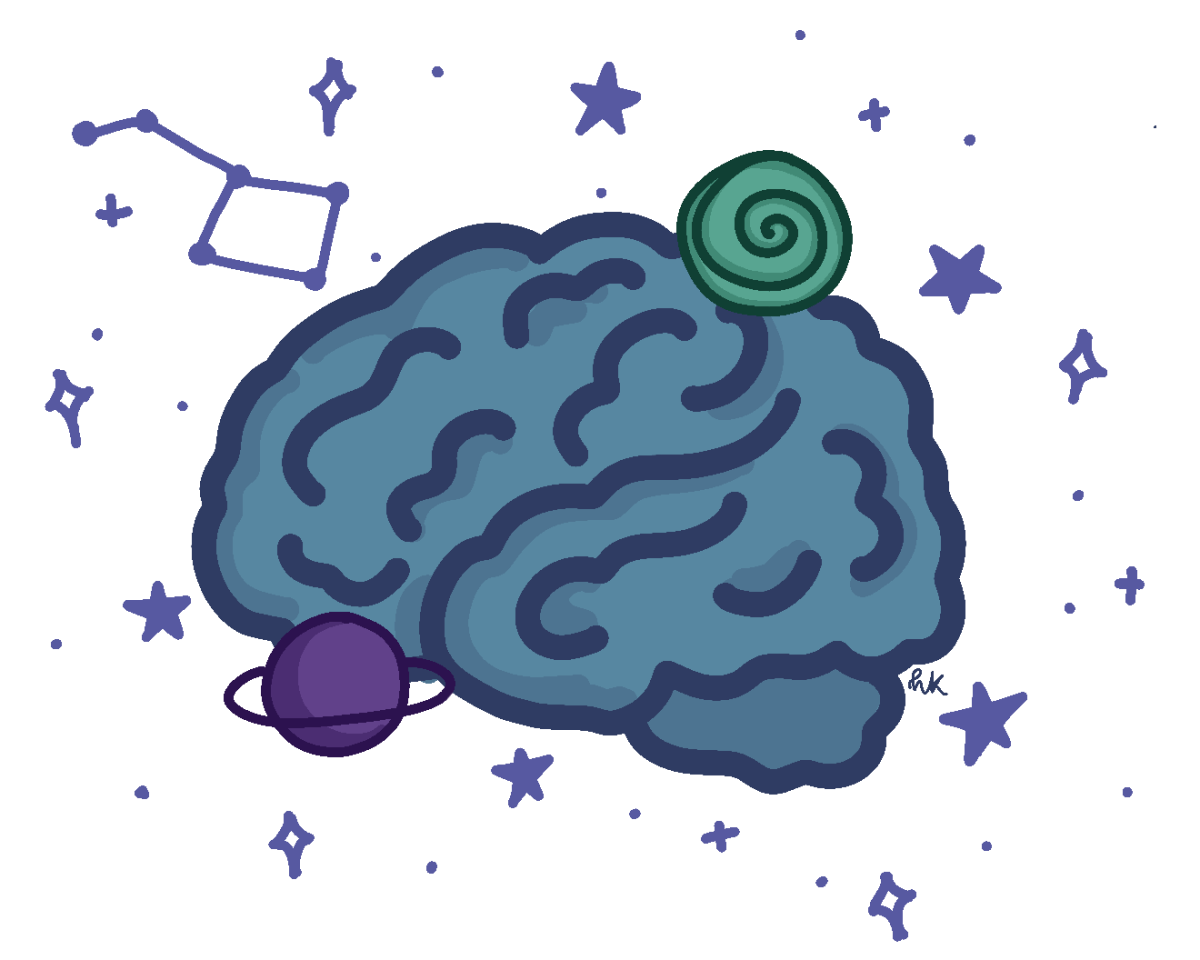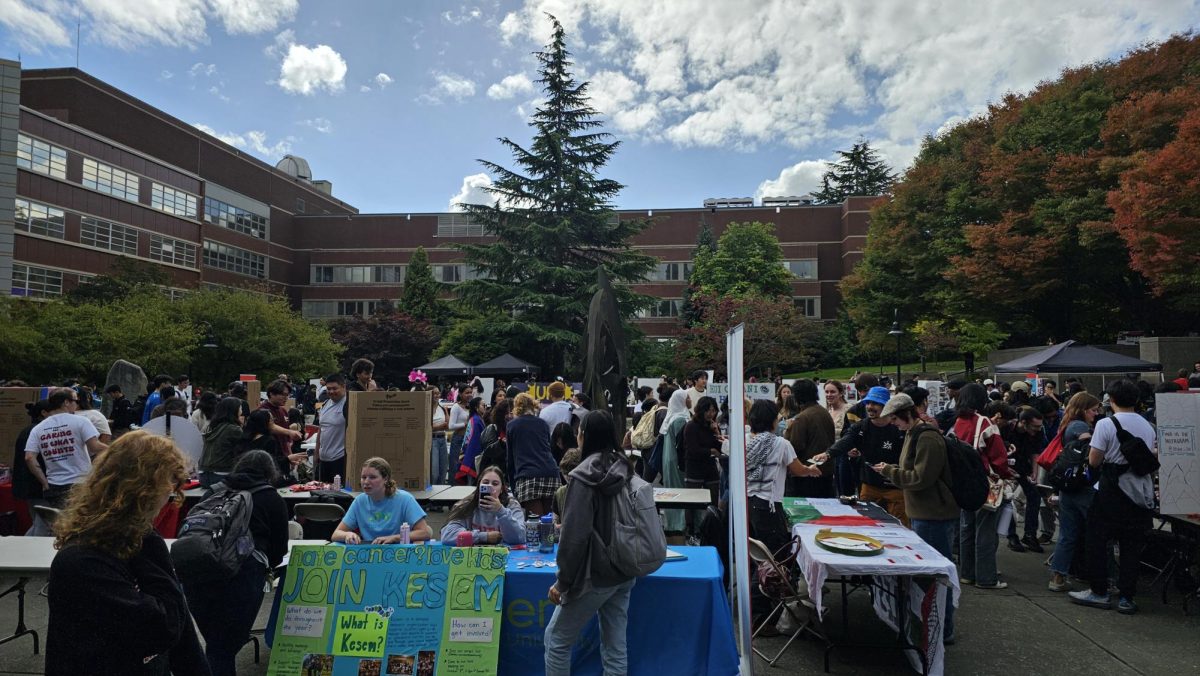Mount Kilauea continues to erupt on the island of Hawaii, spewing lava that raises major health and safety concerns for local residents and businesses. Additionally, some experts predict that substantial drops in tourism are expected to ause a dent in the Big Island’s local economy.
According to the New York Times, the violent volcanic eruption has destroyed a total of 82 homes. But, a substantial loss of land on an already-crowded island is not the Hawaiian government’s sole concern.
Vog, or volcanic smog, has been pouring into the air while the volcano has been active. The mixture of oxygen, harsh sunlight and moisture, along with other gases and particles from the volcano, creates harsh air that is difficult to breathe.
Many students at Seattle University hail from Hawaii. While these students live and go to school some 2,500 miles away from the current volcanic activity, they are still mpacted by the issues occurring across the Pacific Ocean, on the islands that they, their friends and family call home.
Sophomore finance major Kristen Nielsen—who has lived on the Big Island for 16 years—and her family have grown accustomed to living under the threat of a catastrophic volcano eruption.
“This honestly has happened more often than people may think,” Nielsen said. “Though there are many opportunities for this to turn into a bigger problem, depending on where the lava will go, this has happened multiple times in the past. Similar areas have been devastated again and again by the volcano.”
One of the most notable threats posed by the impending lava is the destruction of the Puna Geothermal Venture, a state-of-the-art power plant that converts the active volcano’s heat into workable energy.
CBS News reports that the lava has reached one of the power plant’s wells, which had flammable and explosive materials removed from it in previous weeks as a safety precaution to prevent explosions. Still, nearby communities continue to worry in spite of assurances from plant operators that the wells are secure.
Besides the environmental dangers that Hawaii currently faces, perhaps an even bigger issue is how Kilauea’s activity will affect tourism. The New York Times reports that tourism comprises a third of the island’s private sector jobs, creating uncertainty among workers who wonder how the activity will affect their jobs and, on a larger scale, the economy overall.
Nielsen said the eruption is only on a small chunk of the island known to be potentially dangerous. She said she is used to the severity of an explosion being overblown by news outlets, leading tourists to stay away.
“Tourism is a massive part of how we make our living,” Nielsen said. “So I’m just hoping that [news outlets] covering the eruption keep in mind to not scare away our tourists.”
This is a common sentiment among some of Seattle U’s Hawaiian students, who say the national media is doing a poor job of accurately depicting the severity of the eruption.
“The lava is not affecting the whole island, but rather one district in particular,” said Tana Tua, a junior social work major who has lived in the nearby island of Maui for 21 years. “There are people on the other side of the island that have not and will not need to evacuate, but the media is making it seem that the whole island is being devastated by the lava. I do not want to downplay how severe it is for those affected. [However] native Hawaiians have an understanding that the Earth is not [ours] to own. We recognize the beauty and power of the lava.”
To Hawaiian locals, the eruption is perceived as typical and nothing more than an accentuated changing of the seasons.
“I do not understand why the news has covered it to the level it has,” said Kotaro Tokaoka, a sophomore marketing major who attended high school on the Big Island. “Natural disasters are a part of life on the island.”
While the students said they are not surprised by the volcanic activity, they still expressed concern for those with loved ones that live near the volcanic activity.
“We are worried about our extended family living close to Kilauea, but are more worried about our family and friends in Puna,” Tua said. “They are okay from what we are hearing, but have chosen to evacuate due to the gases being released from the volcano, and of course the ash.”
Tua explained how Seattle U students can make a positive impact by helping those in the lava’s wake recover from the destruction.
“I am sending home goods and supplies through various organizations like Pu’uhonua o Puna and the Hawaii Food Bank,” Tua said, urging students to make a difference if they are able. “It is important to act quickly.People need our help in any way and it would be great if [students] could show support.”
Jordan may be reached at
[email protected]




